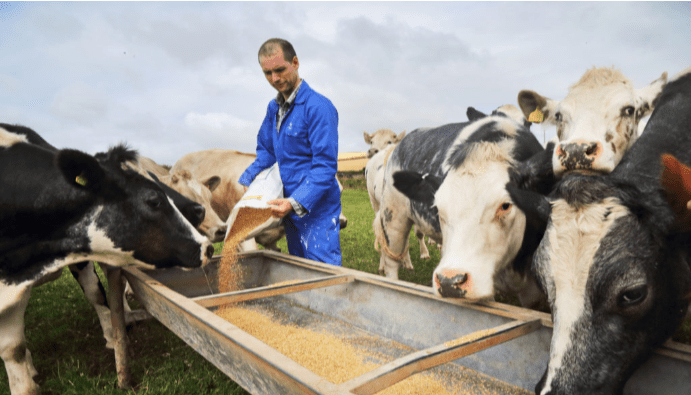
BLOG
KATEGORİDEKİ DİĞER YAZILAR

Ash determination by definition is the process of calculating the inorganic residue remaining after all organic parts of feeds are burned at high temperature. Crude ash analysis method is an important analysis used to determine the mineral content in feeds. This process is done to determine the mineral content remaining after burning the organic components of feeds. Mineral analysis plays a critical role in meeting the nutritional requirements of animals and evaluates the quality and nutritional value of feeds.
Crude ash is the mineral residue left behind after incineration of a feed sample. This residue, obtained by burning organic compounds, usually contains inorganic components (phosphorus, calcium, magnesium, potassium, etc.).
Chemical Structure: Mainly composed of minerals: calcium, phosphorus, potassium, magnesium, sodium, iron, copper, zinc, etc.
Areas of Use: It is used to determine the mineral content of feeds when creating animal feeding programs. Healthy growth of animals is supported by ensuring mineral balance.
Feeds consist of water and dry matter. Dry matter consists of organic and inorganic parts. While nutrients such as protein, fat, cellulose, starch, sugar in the feed constitute the organic part; macro elements such as calcium, phosphorus, potassium, sodium, sodium, salt (NaCl) and micro elements such as iron, copper, zinc constitute the inorganic part.
The entire amount of ash remaining after incineration is not considered as inorganic matter. Because there may be elements such as soil, sand and dust in the feed. Therefore, the amount of ash obtained is called crude ash.
In general, the ash content of feeds should be around 10% at most. In feeds of animal origin, this value increases up to 20% and is a parameter that should be controlled in feeds.
Nanolab Laboratories Group continues to provide services within the scope of Crude Ash Determination in Feeds. We also provide services in various Feed Analyzes.
Contact us for more information.
You can follow us on LinkedIn for up-to-date news and posts about our services.
Follow our Instagram account to be informed about our latest blog posts.